Beer — it's back, baby*
*But the data is open to interpretation! A chat with visiting US hop professor Tom Shellhammer. Sawmill tee up a great deal with world-acclaimed golf course.
Happy Friday, beer lovers.
And it is a happy post, with data from Stats NZ showing beer production is up, substantially. In fact, after all the turmoil of the past few Covid-fallout years, beer had an exceptional year — and an exceptional final quarter of 2024.
The raw data is that total beer available for consumption in 2024 rose 5.4 percent to 296 million litres.
It’s the best performance for beer since 2019, when almost 298 million litres were available to be drunk.
A few notable points from the data:
Beer looks like it’s returned to a pre-Covid level and depending how wishful you are in your thinking, you could say it’s not that far off the 2012 levels of 299 million litres.
There was certainly a decade there, from 2012-2023, which could have been interpreted as beer in decline, but this latest data certainly shows a bounce of some description.
And it does seem to be just beer, with both wine and spirits down.
Wine, down 4.4%, had a Covid lockdown boost in 2020, where it jumped significantly, but the past five years have been bad for wine: down 17% in that time.
(This Covid bump speaks to the fact that a lot of beer is drunk on premise and with pubs closed during lockdown, beer suffered a Covid hit; whereas wine — drunk at largely home — had a lift).
Spirits and spirt-based drinks (ie RTDs) where also down 5.5%, and spirits (drinks over 23%) had a catastrophic year, down a whopping 15.7% after nearly a decade of continued growth.
What does this tell us? I believe it reflects tighter budgets in tough economic times, with people possibly trading down from spirits to beer.
It’s hard to get insights from raw data, but if you’ll allow me to apply some intuition to this: beer in the 2.5-4.35% category grew a whopping 33.8% last year. If you’re trading down from a bottle of spirits to the equivalent amount of beer you’re going to buy a lot and buy it relatively cheaply.
This is also reflected in the fact that total ethanol available per person aged 18+ was down by 4.4% across all formats, but alcohol available from beer was up 4.5%.
However, Dylan Firth from the Brewers Association was quoted in The Shout as attributing this huge lift to a rise in low-carb beer.
“The rise in lower-alcohol beer consumption reflects a broader cultural shift towards moderation and low-carb traditional beers,” Firth said. “This may also be influenced by economic factors, as consumers seek value for money during challenging financial times.”
Firth has a job to do on behalf of the big breweries he represents, and low carb is a good news story about people choosing “better for you” options, but I’m not buying this line at all. Sure low-carb is up, but not enough to justify this massive lift.
To start with, I reckon people who choose low carb are likely moving within the same beer sector — i.e. giving up another form of beer for a low carb version.
So, I’m sticking with the idea that this lift in beer is somehow related to the decline in spirits. I could be wrong. Let me know your thoughts in the comments.
As an aside, this mainstream category had been in deep decline going back 15 years when 176 million litres of mid-range ABV beer was produced. That fell to a low marker of 71 million litres in 2023 (aka freefall).
This bounce-back will be well-appreciated by the big three brewery owners.
But if we take that out of the equation, what does it mean for craft?
The fact that the plus-5% beer was up 3.9% is a pointer for craft, which traditionally produces these higher ABV beers.
The plus-5% category was in double-digit growth from 2015-2020, reflecting what we might call the craft boom. Then there were two years of eye-watering decline — down 32% over two inflation-driven years that reflect anecdotal evidence from the industry about trying to sell a premium product when people are super-glueing their wallets shut.
So an uptick of 3.9%? I’ll take that as a small win for craft beer.
How hops change as they age
I had a fantastic chat recently with Tom Shellhammer, a literal professor of hops, from Oregon State University in the United States.
Tom’s here on sabbatical for a few months and has timed his visit with the hop harvest, which is officially underway this week in Nelson.
We talked about heaps of things, and the full interview is in the upcoming print edition of Pursuit of Hoppiness out next week … here’s the teaser for that:
Tom’s speaking at the Hāpi Symposium, hosted by Hāpi Research partners Freestyle Hops and Garage Project, on March 21 at the Moutere Restaurant and Cellar Door.
His talk is on: “Understanding the Influence of Terroir and Harvest Timing on Hop Quality and Beer Characteristics.”
When I suggested to Tom that understanding hop maturity is a relatively new lane on the hop highway, he does a good job at self-effacement.
“It sounds big-noting to say, ‘oh, it's because of my research that people are focused on it’. But I do think in some cases when people start paying attention to something, then other people pay attention to it as well.
“Hop maturity in my opinion has a bigger influence than regional differences do. Harvest timing for some varieties can really change the expression of that hop flavour.”
In general terms, hops picked too early have a “green, almost vegetative aroma”. Those picked in the sweet spot will have those fruity aromas many brewers and drinkers love, while hops left too late tend to develop “stinky onion, garlicky aromas” — or OG for short.
“Citra, for example, starts off with almost bell pepper, green aromas when they're young, two weeks or three weeks before they're going to be harvested. And then they just blossom into these beautiful-smelling tropical-fruity and citrus aromas. Then, as the hops stay on the bine longer and longer, what gets layered on top of this are intense onion garlic aromas.
“We're seeing the biochemistry changing, changes in oil content and alpha acid content, and really dramatic changes in the sensory perspective.”
On paper, onion-garlic sounds off-putting but anyone who loves their beer verging into “dank” territory will appreciate that characteristic.
“What this provides is both opportunities and challenges for hop growers. The opportunities are that you can create a range of hop aromas. And what I found talking to brewers is that there isn't one ideal hop expression for any variety, which I think is great.
“Some brewers are looking for cannabis-like qualities in some of their hops, leaning into that sulphury OG character, while others want none of that. They want it very fruit-forward.
“The fact that the hops will change so much over a harvest window provides an opportunity for the grower and the brewer to do this matchmaking.”
With the OG character, Shellhammer suggests that “taken further you can get diesel, jet fuel character”.
Given that this is exactly what can happen with Riwaka hops, which can go from intense grapefruit and passionfruit to a much-appreciated diesel note, I wonder aloud whether this has anything to do with Riwaka’s fickle character. It’s a hard hop to grow and therefore, I imagine, hard to judge the best picking time.
The professor doesn’t have an answer to that, but hopefully by the end of his trip he might have an idea!
There’s a few other good sessions at the Hāpi Symposium, including Dr Laura Burns from Omega Yeast talking about how to use yeast to control haze, and then she’s hosting a sensory session on how to pick thiols, esters and esters.
Beer of the Week No 1
My immersion in the Bright IPA trend continues.
And this one — Supernova from Mount Brewing — was a spanker.
Lots of bright, sweet citrus and ripe summer fruit but also some edgy hop character that’s a bit more inclined towards pine-grapefruit.
This beer is brewed with Nelson Sauvin, Motueka and Mosaic hops, but also utilises a product known as Quantum MOS — a hop oil from Abstrax Hops.
According to the Abstrax website they’ve been able to pull out 100% terpenes to create “a robust blend of funky grapefruit and pine with light floral notes”.
Anyway, technicalities aside, you get heaps of punchy aroma and flavour but with a reduced bitterness that doesn’t impact the finish, which is dry and light.
All in all this is a case of: Nail. Head.
UK lost 100 independent breweries last year
The number of independent breweries in Britain declined at its fastest rate in 2024, figures from the “indie beer” trade body suggest.
The UK had 1,715 breweries at the end of 2024, 100 fewer than at the start of the year, according to the data released by Siba, which represents independent brewing companies. The overall fall the previous year was just eight.
While Siba’s UK brewery tracker is only in its third year, the data it uses is comparable to figures from the real ale group Camra, because they both count only companies that are actually producing beer.
If you adjusted this figure to New Zealand, it would be like us losing a total of 10 breweries last year.
And, yeah, around 10-12 brands exited the business in the past year that was offset, on my calculations, by another 10 to 12 coming on to the scene. So potentially we ended 2024 roughly where we started.
One of the newest is Coromandel Town Supply, which opened earlier this month.
Owner-brewer Tony Blackett has an 800-litre system plus a tasting room and fillery on the main street of Coromandel Town (55 Kapanga Road).
Dusty’s Beer of the Week
Kiwis love a colloquialism so here's a fresh take: ZIPA a 6.7% NZIPA hopped with the golden glove of NZ — Nelson Sauvin — and underdog Rakau. This punchy NZIPA delivers flurries of blanc passionfruit notes alongside jabs of peachy stonefruit, a leafy bitterness lively carb and snappy mouthfeel define an exemplary hit-out of the style. — Dusty
Dusty is taking a break for the next month as he travels overseas. We wish him a safe trip and many good beers!
A shout out to Froth Tech
I just wanted to say thanks to the good guys at Froth Tech for supporting this newsletter over the past month.
And a reminder that all brewers can get a 10% discount off their new dry yeast product until March 10.
So why dry yeast?
“It means being able to help even more breweries produce outstanding beers; making it even easier for them to buy local,” says Froth Tech co-founder, Simon Cooke.
“In Aotearoa, some breweries use dry yeast to ferment their beers, some use liquid yeast, and some use both. Some pitch in the right amount of yeast for a full brew, while some use a smaller tank to grow a small amount of yeast into the right amount first — known as a 'yeast starter'. These choices faced by brewers are informed by cost, brew volumes and frequency, recipe and flavour profile considerations, whether the yeast will be re-pitched (re-used) in other brews or if it is just a one-off, dry-hopping practices, production scheduling, and product familiarity.
“Our three core dry yeast strains, Buddy (American Ale), Vape (Hazy / English Ale), and Sesh (German Lager) are contract-manufactured by an offshore producer in China with very strict quality controls. The dry yeast is vacuum packed into 500gm blocks, labelled, and shipped to Froth Tech headquarters in Lower Hutt, ready for distribution. Our dry yeast has a two-year shelf life, while liquid yeast has a 2-3 month shelf life.
“With liquid yeast, breweries will order in advance and brew with it as soon as it arrives by overnight courier, while with dry yeast they may order a whole case and grab a few packs out of the fridge as they need them. That flexibility can be really valuable to busy breweries with fast-change production schedules. We've received excellent feedback already from many of NZ's most popular breweries, and chances are that Friday Night Beers readers have likely sipped a beer made with Froth Tech dry yeast by now.”
NZ doesn’t have the most expensive in the world, in case you’re wondering …
After the story last week about the price of beer — I should have known it would be a hot topic! — I have one of those surveys that claims to rank countries by the price of beer.
New Zealand is not the worst … coming in at 20th on the list of most expensive countries in the world to buy a beer on premise, one place ahead of Australia, which I do find hard to believe.
By sharing the following, I don’t necessarily endorse the findings … but I think their methodology is probably superior to my reckons! And if you want cheap beer … Sierra Leone’s your place.
Pint prices in 150+ countries: Interactive world map | finder.com.au
Tim’s Beer of the Week
Fresh off the line this week at Hop Federation is this bright version of the (also rather good) Inflation Hazy IPA that dropped a little earlier in the year. Concrete Jungle sports an identical 6% ABV and hop bill of Idaho 7, Rakau, and Nectaron, so the difference here is all in the brewing.
An initial hit of dank American pine gives way to the gentler aromas of lush tropicals and grapefruit zest while the light bodied and nimble palate delivers an easygoing maltiness, pristine hop character and a strong, quenching bitterness that confidently punctuates the finish. Exceptionally clean drinking IPA that I could easily see becoming a third pinter if encountered on tap…
Beer of the Week No 2
I’m on a citrus tear lately — count them up: Blood Orange IPA from Duncan’s, Mexican Lager with Lime via Good George Bandido, and non-alc All Day Radler from Bach Brewing.
Well here’s another citrus-accented non-alc: Garage Project Tiny Lager with Lime.
By my reckoning this is the fifth iteration of Tiny — original Hazy, XPA, IPA (that had a soft launch), stout (sure to be back for winter) and now this one that riffs off the whole cerveza with lime theme from south of the US border.
The lime here is apparent. Initially I thought it was too much lime; or rather it was more like the lime concentrate you can buy in the supermarket (not cordial).
But it grew on me, and before I knew I’d had a second and a third can on a hot summer’s mid-week evening.
Refreshing and different.
You can find this at your home of craft beer, New World.
Sawmill tee up great golf deal
Massive kudos to Sawmill in Matakana for a deal they’ve done with Te Arai Links in Mangawhai to produce a Te Arai Pilsner.
For non-golfers, Te Arai is created by the same people who built the world-famous Tara Iti further up the same coastline.
With Tara Iti now strictly a members-only course, Te Arai is the Kiwi destination of choice for global golfers with a bucket list and a bucket load of cash (though to be fair, in golf terms Te Arai is not really that expensive.)
Anyway.
Sawmill co-owner Kirsty McKay says the collab is a great way to showcase New Zealand beer to the world.
“We really enjoyed working on this with Te Arai Links and their marketing team. A lot of effort went into the design of the label too, to ensure a premium feel.
“We think it’s a win for New Zealand beer. This shows that even in a setting with a global audience, local beer is seen as premium, on par with the best. Too often, big international brands dominate these kinds of spaces, so having a world-class course back a New Zealand-owned, independent brewery is huge. It’s another moment of recognition for the quality of local beer and what it represents.”
This development comes a couple of months after I published a story on Sawmill’s courting of local clubs and how that market has helped them grow substantially in a tough market.
I’ve updated it with the latest details
Sawmill — A Cut Above | Pursuit of Hoppiness
Beer of the Week No 3
One of the most anticipated hop varieties of the upcoming fresh hop season will be NZH-109. The trial hop, in its second year, has already turned some heads and I think we’ll see some excellent fresh hop attempts with this hop, along with NZH-106.
My colleague Dusty is a huge fan of NZH-109, and I have to agree with him. If you simply open a can of 8 Wired’s West Coast Pilsner, brewed with this hop, you’ll get the full send of this hop aroma. It comes out of the glass in a huge aroma wave.
The aroma is like peach with a burst of lime zest, but with this pungent spice threaded through. It’s really quite complex and unique and I can’t wait to try more of it.
Thanks as always for reading, and I’ll be back next week with more news and reviews.
Michael






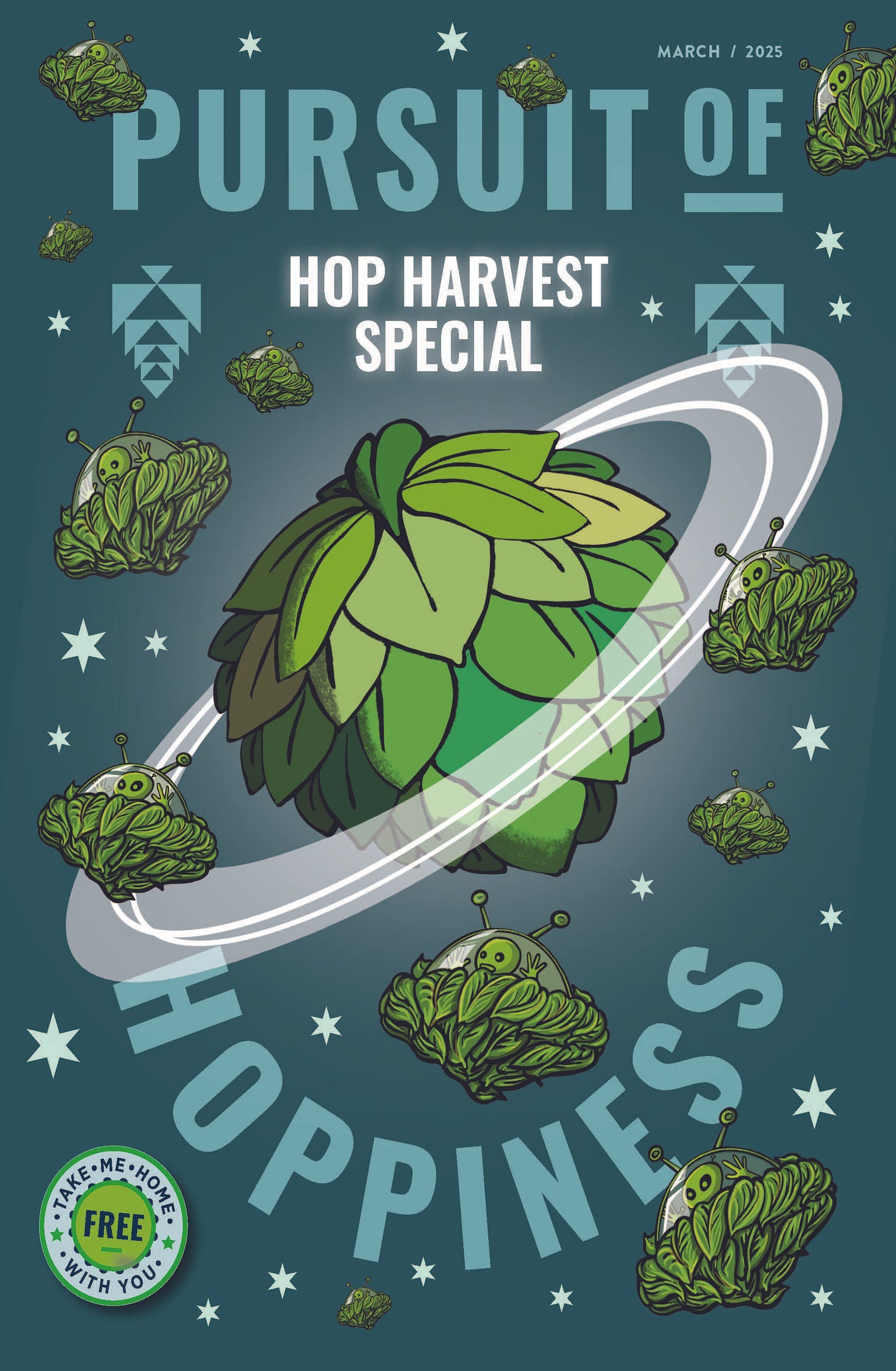
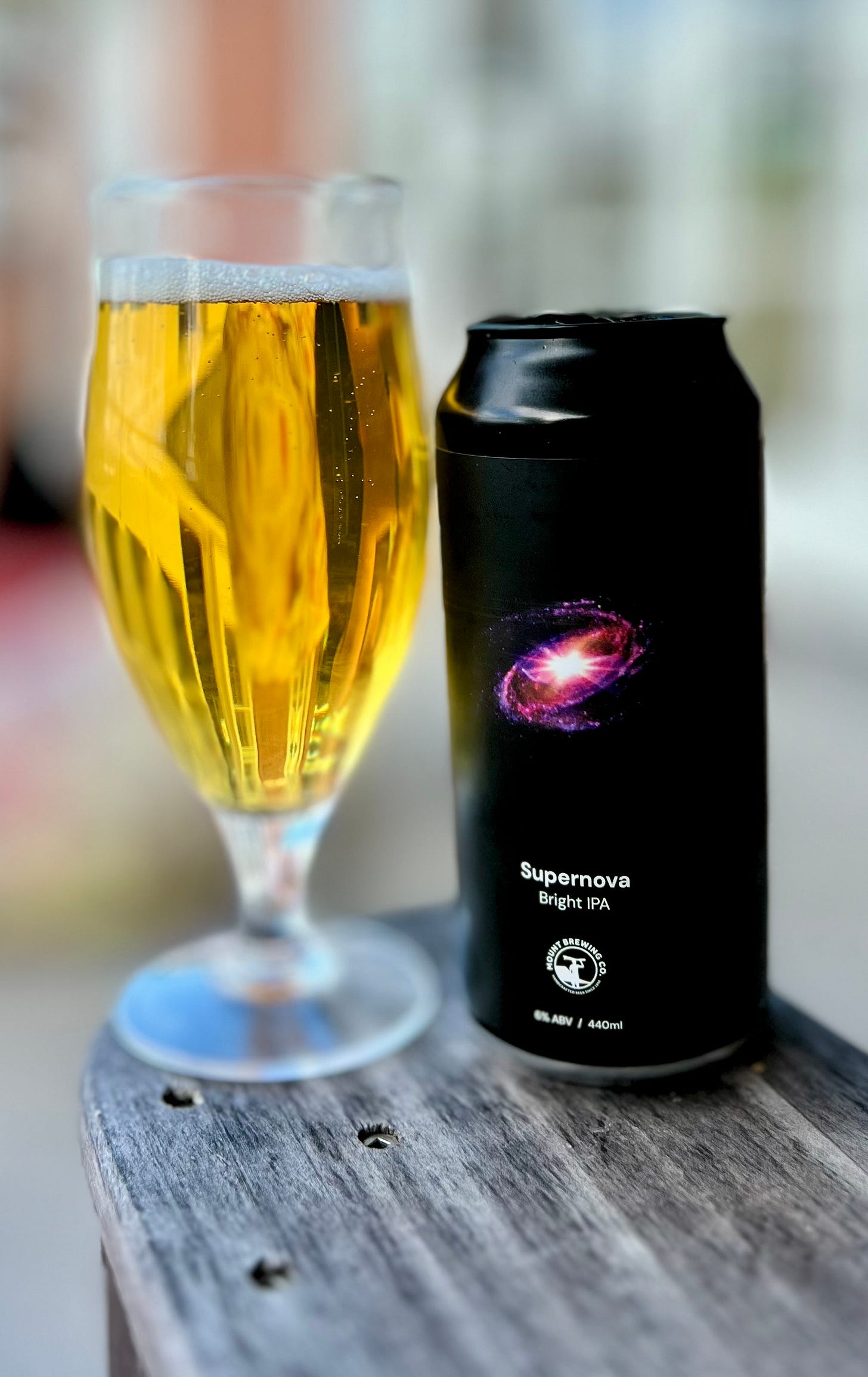
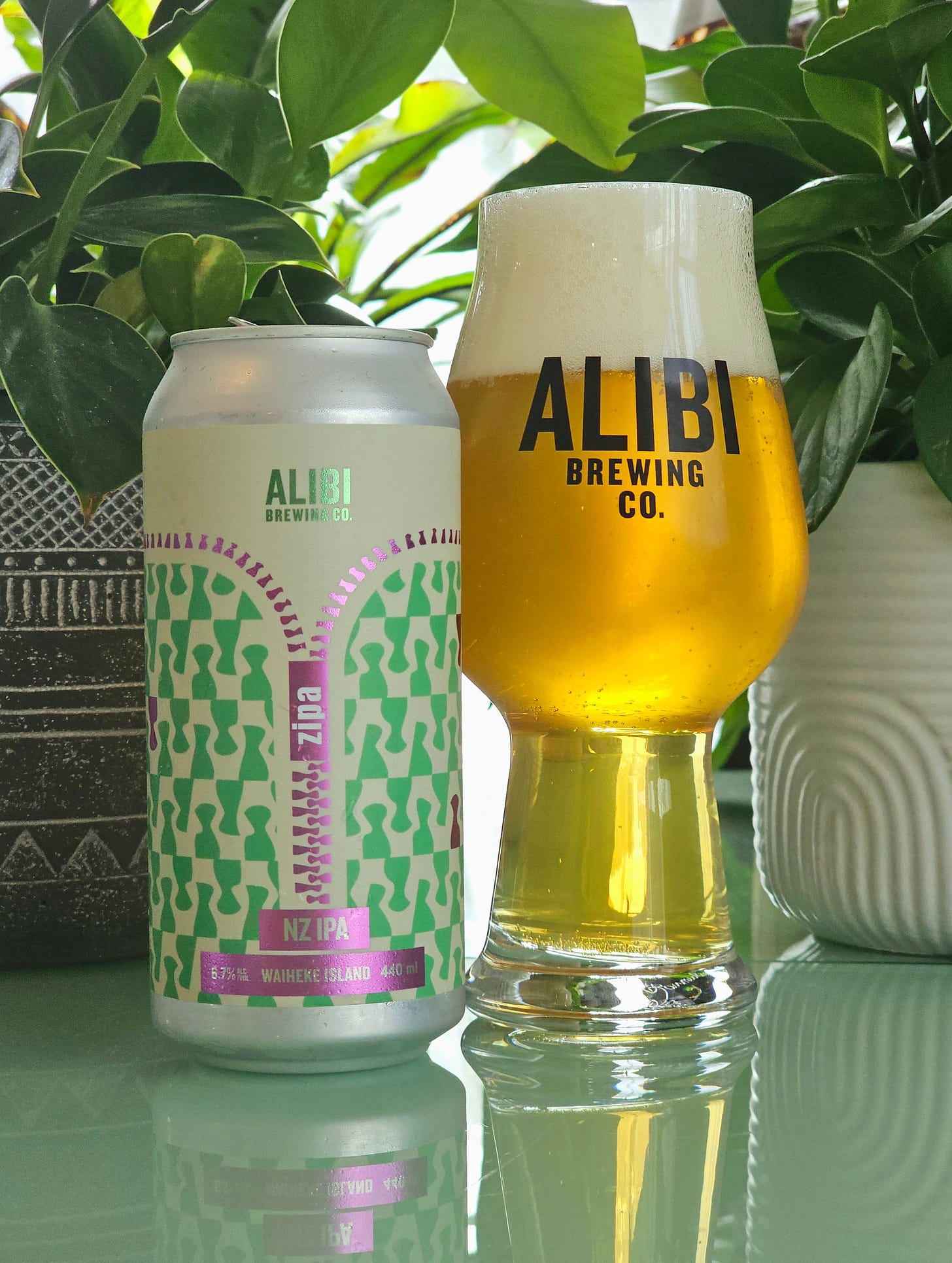
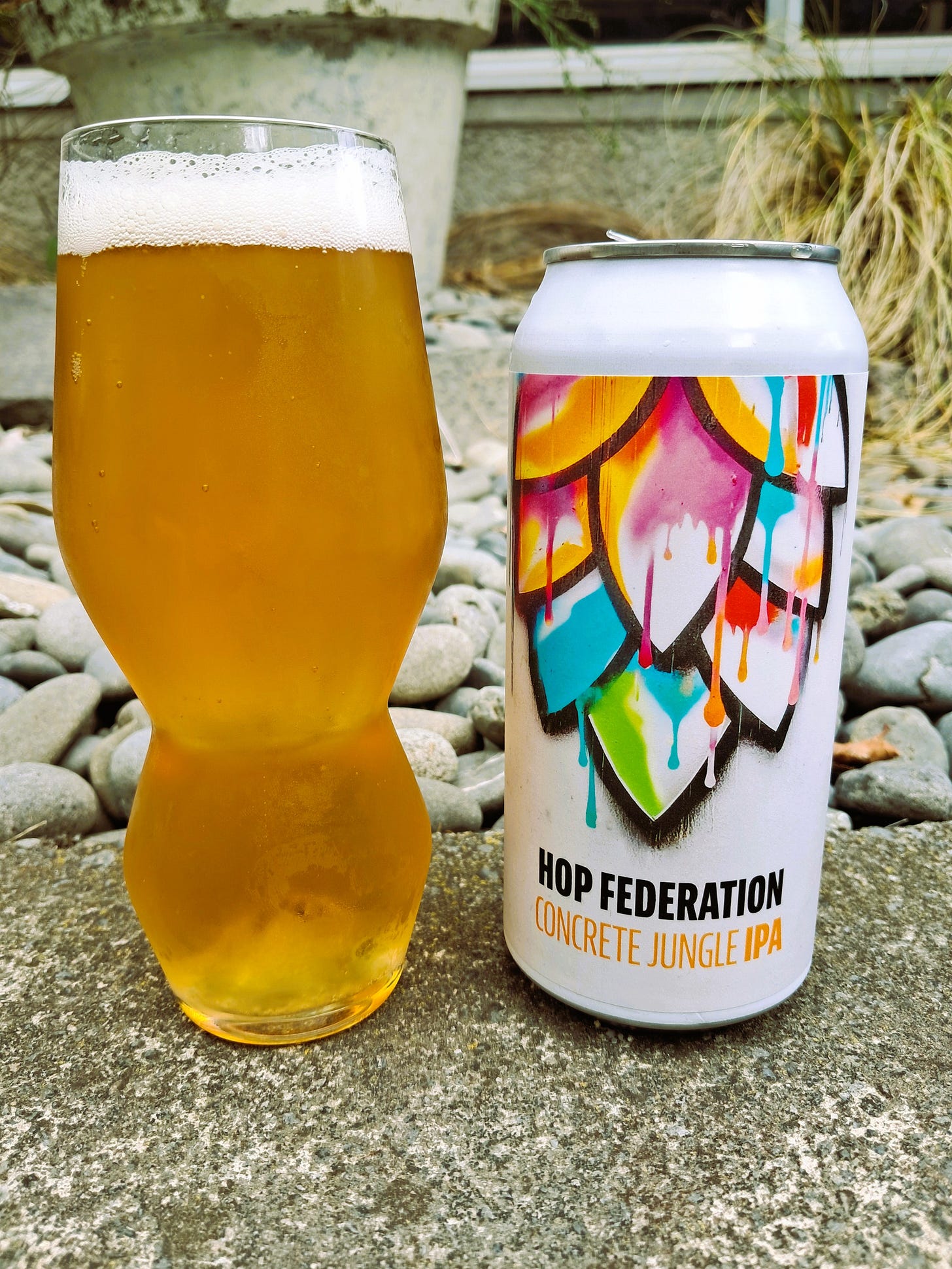
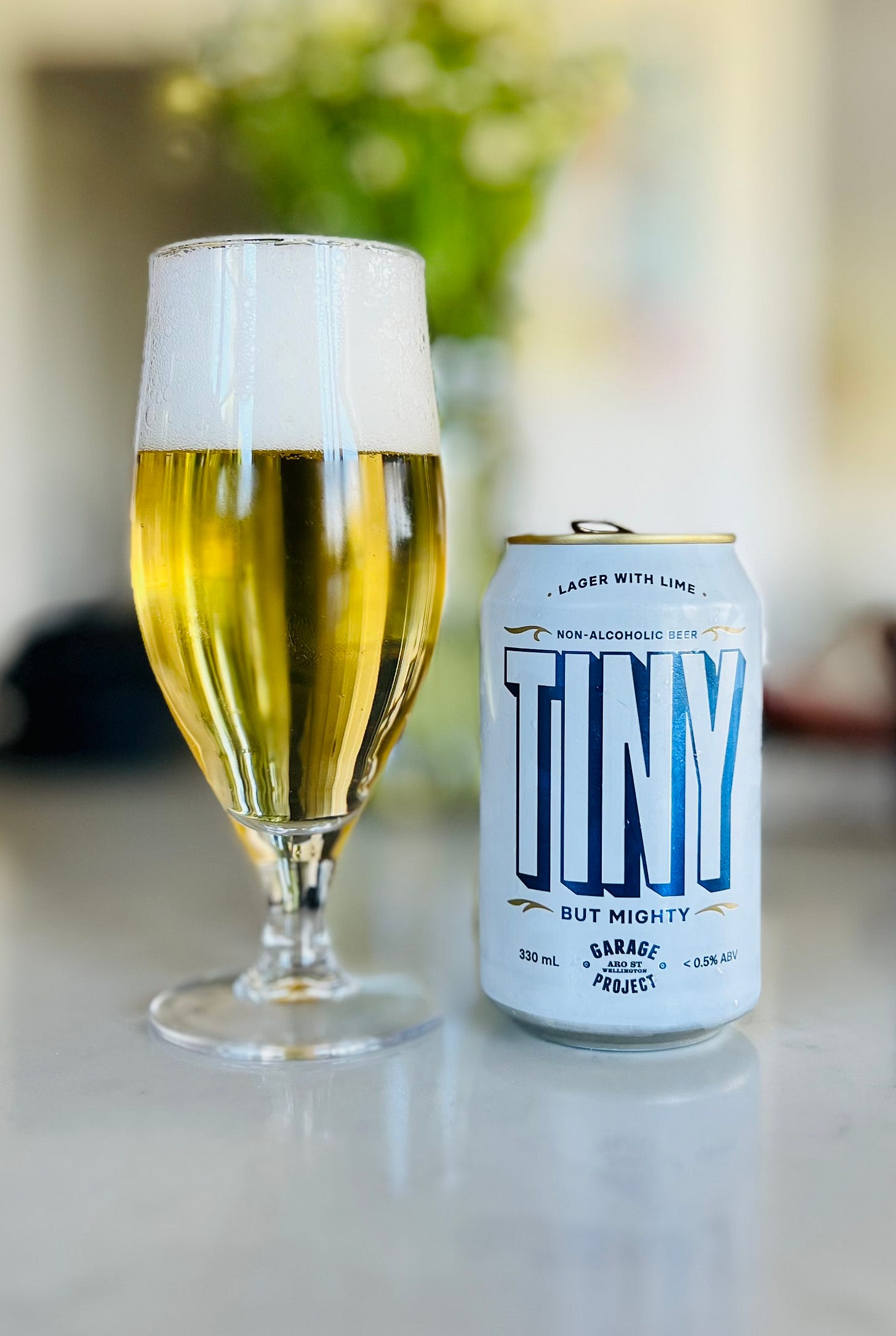

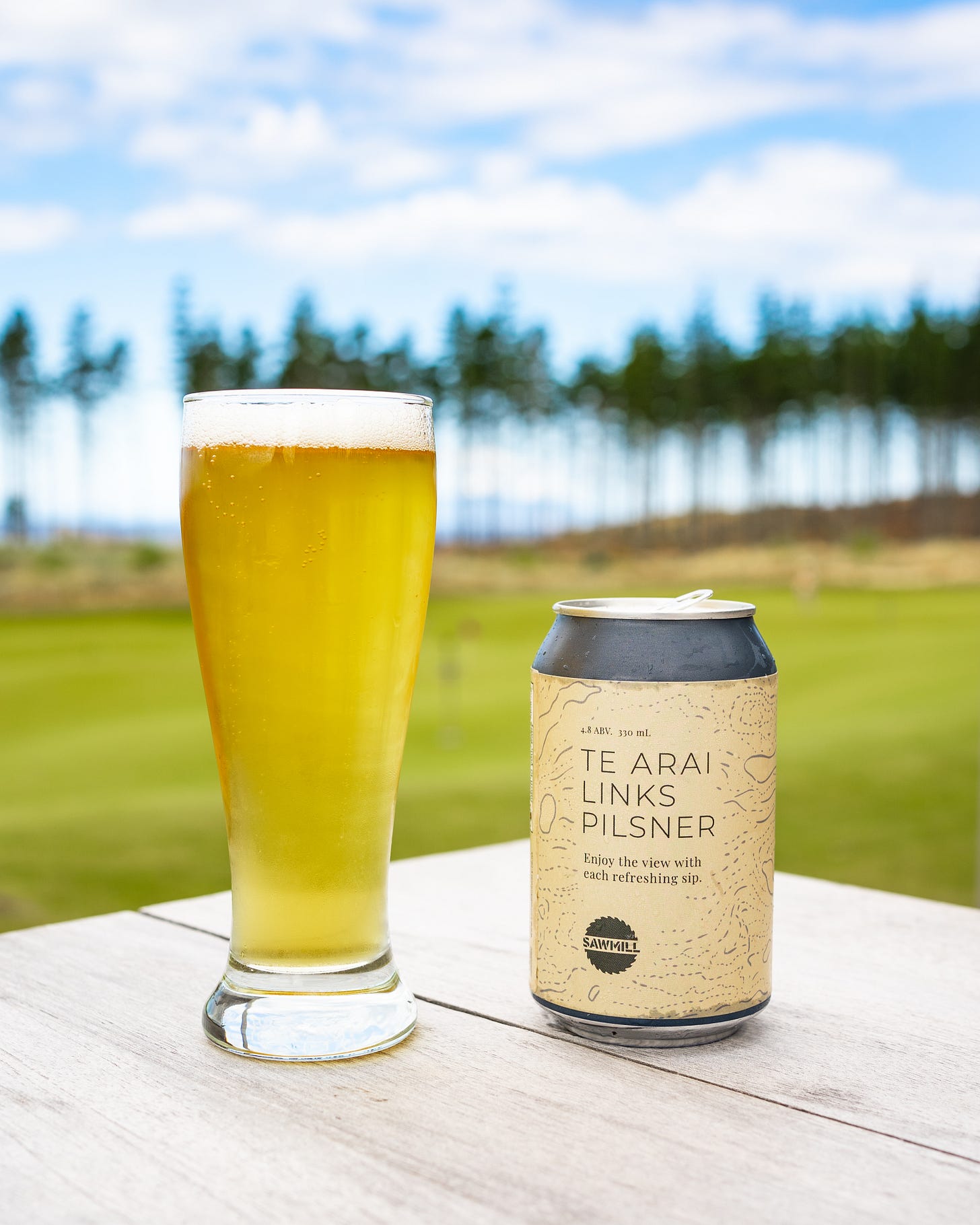
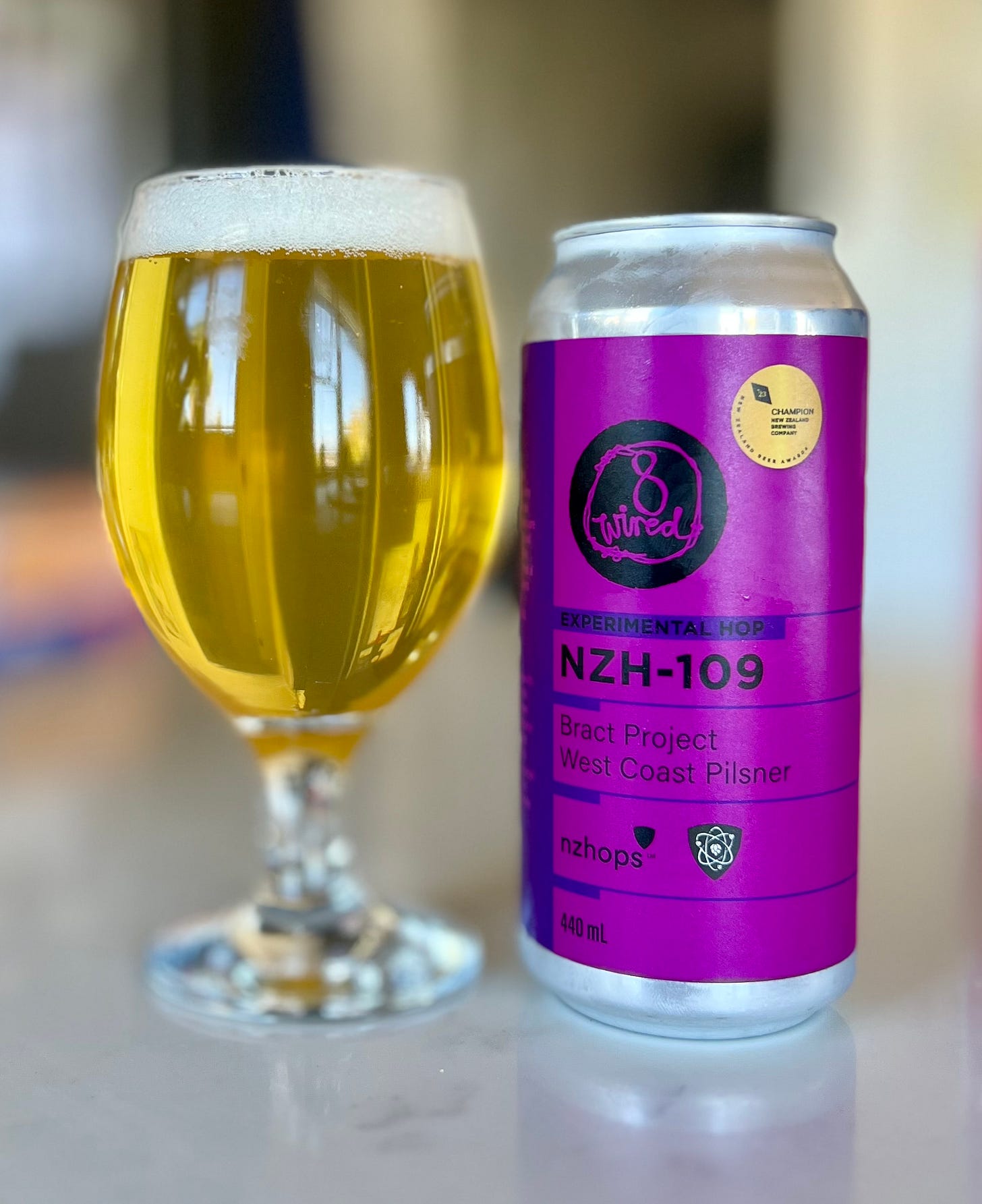
The old adage "beer is recession proof" doesn't always hold up, but in my time I've seen beer rally in extremely tough times, notably during the GFC Craft saw real growth in the USA.
Hmmm I’d love to know where they found that mythical $11 pint in Sydney 😆